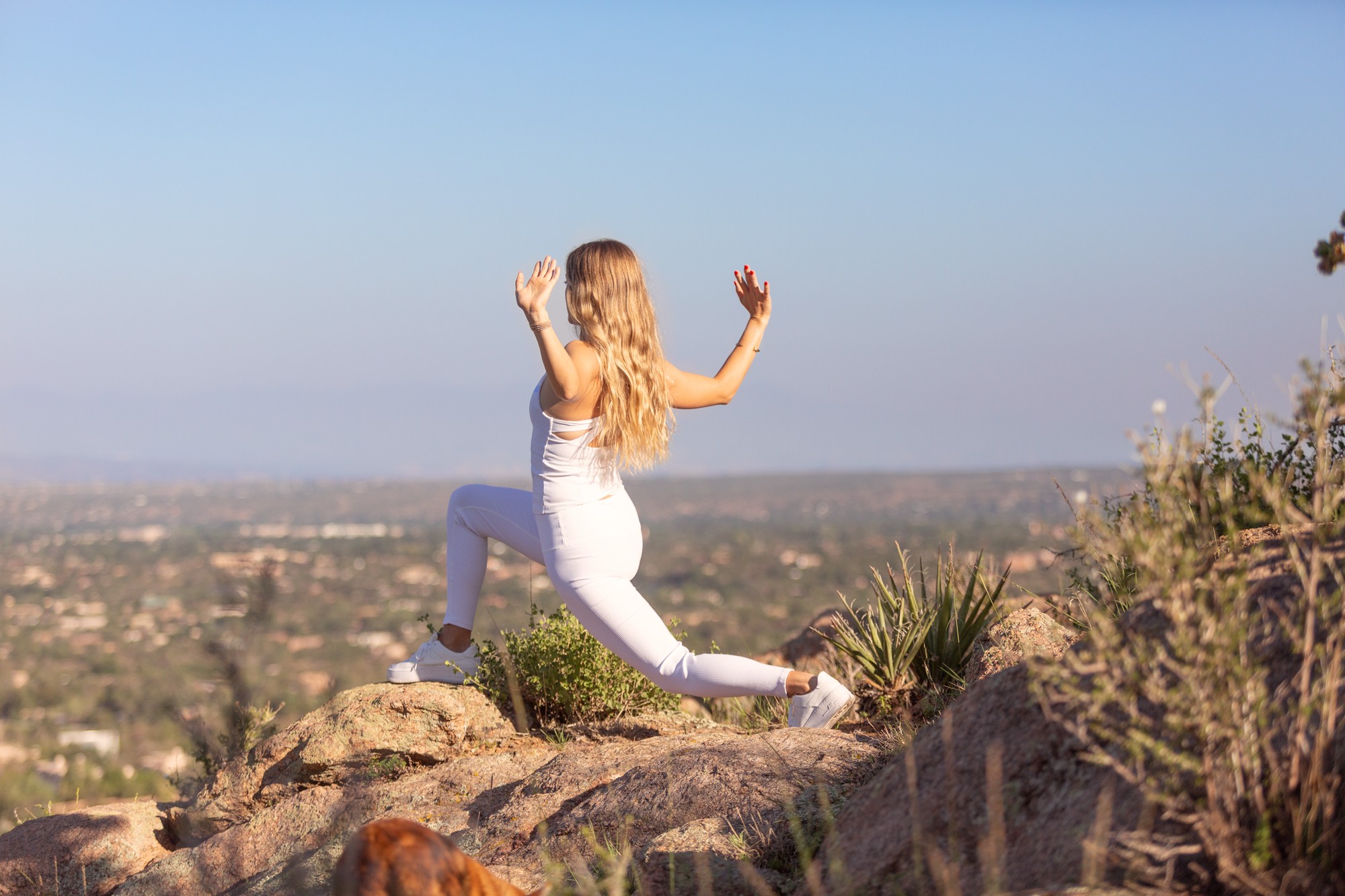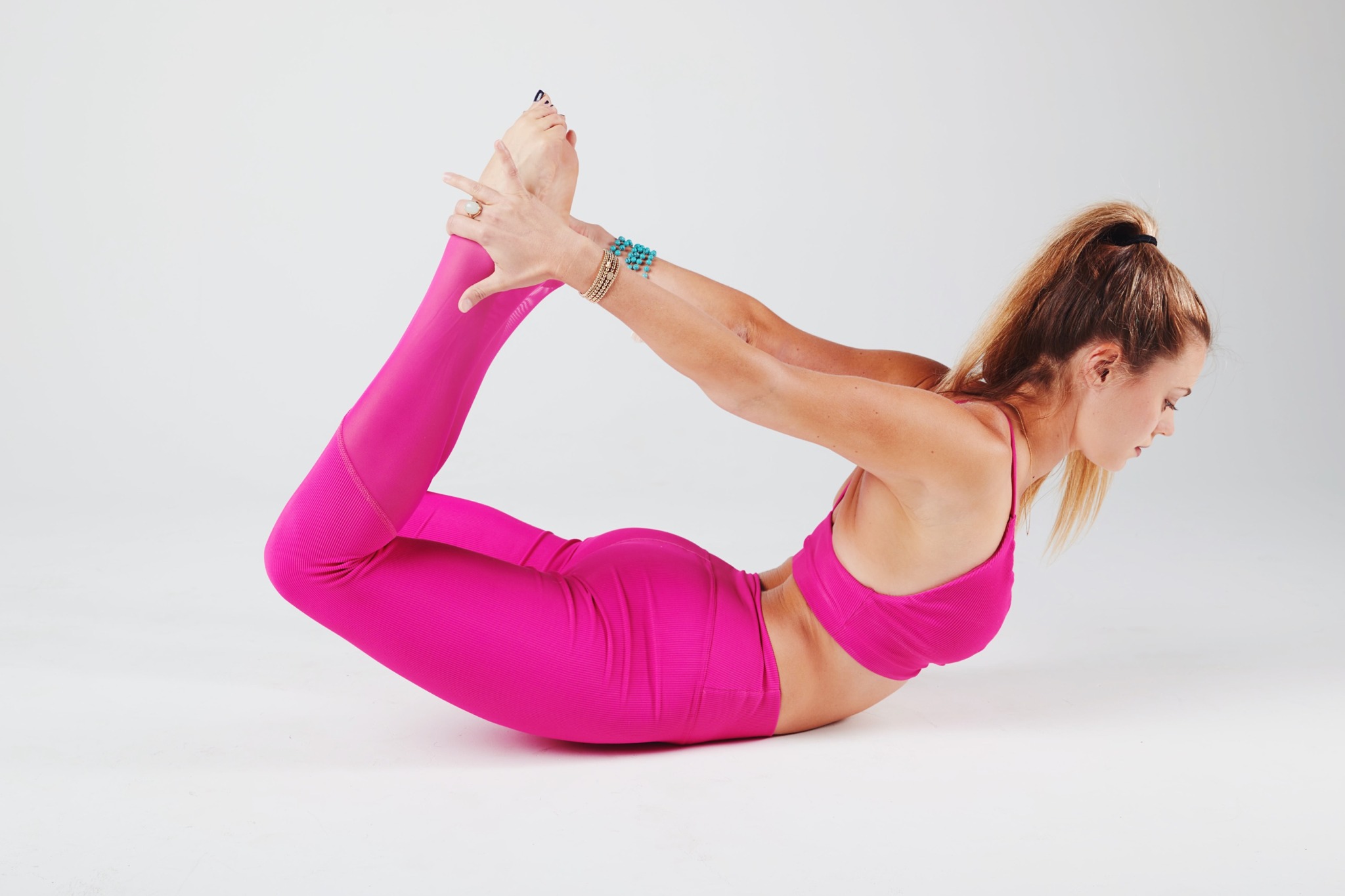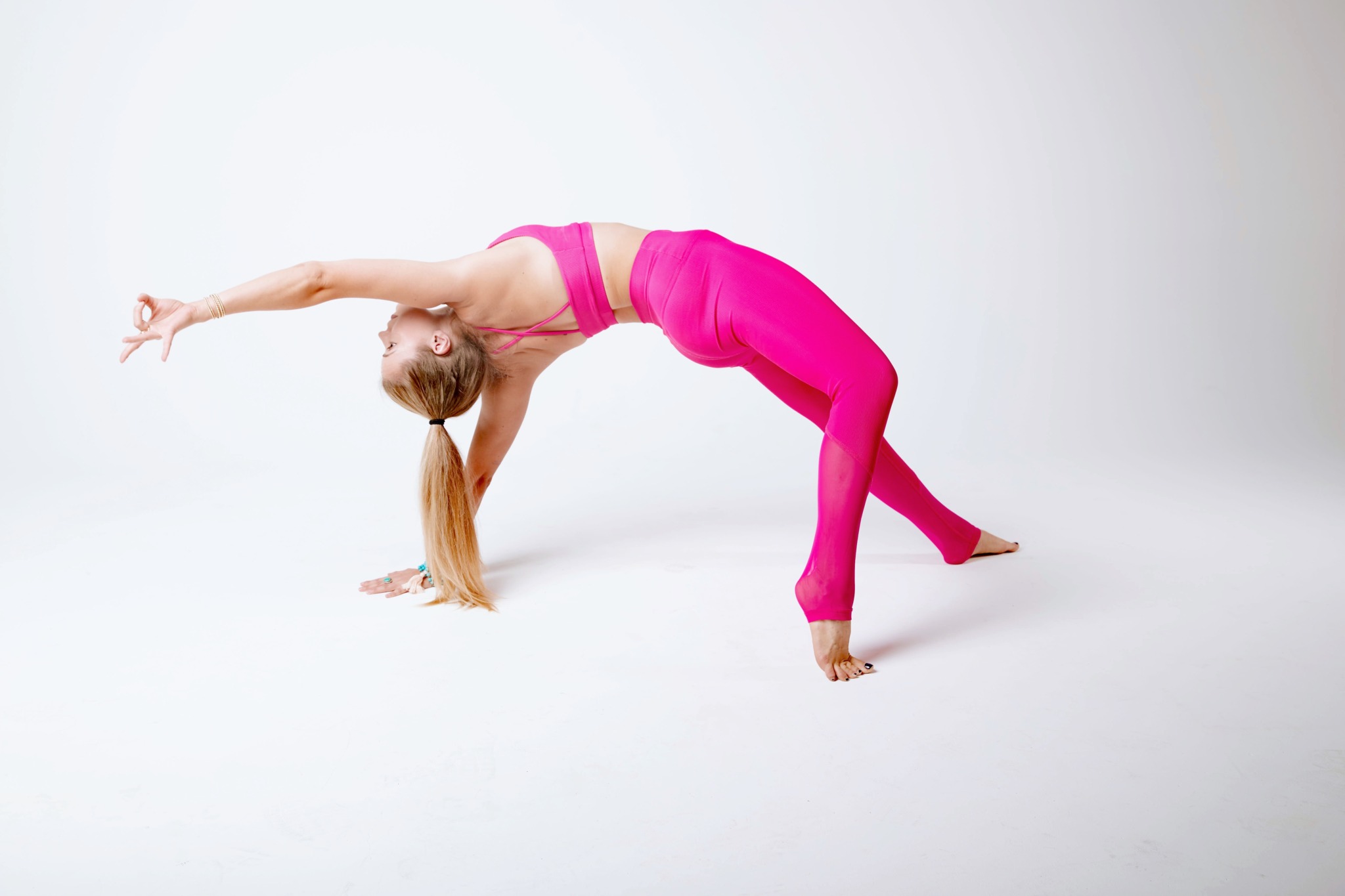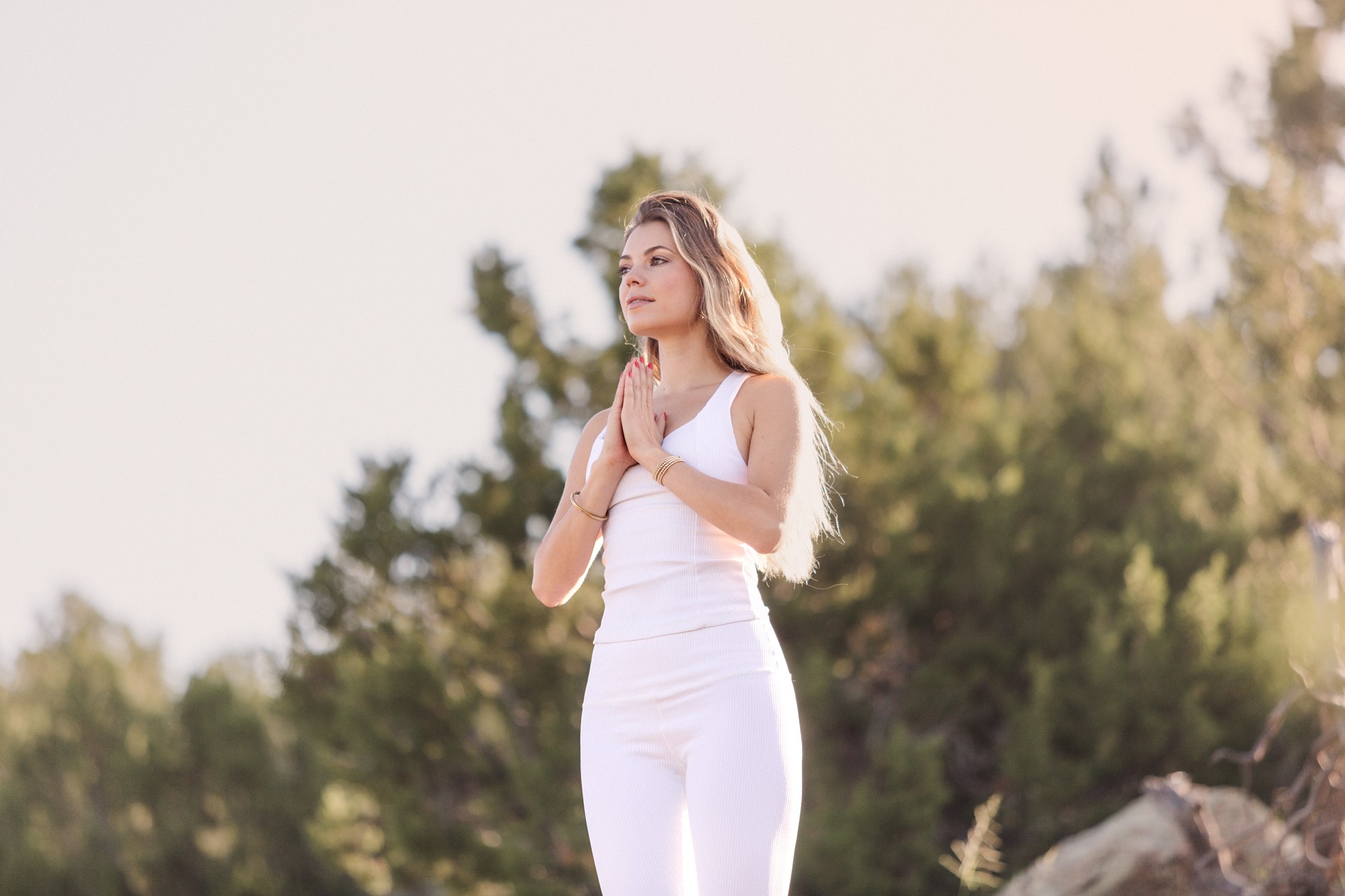We caught up with the brilliant and insightful Lindsey Smith a few weeks ago and have shared our conversation below.
Lindsey, thanks for joining us, excited to have you contributing your stories and insights. What was the most important lesson/experience you had in a job that has helped you in your professional career?
Never sacrifice what drives you. You know, that thing that wakes you up in the morning, keeps you up a little too late, or makes you excited to say yes to something that doesn’t quite make sense on paper, but makes sense to your soul. That lesson has become the foundation of how I approach work as a creative entrepreneur. If a project doesn’t honor my creativity or serve a deeper purpose, it’s not a good fit…for me or for the client.
One of the most pivotal experiences came early in my career. I had just graduated from design school and landed what I thought was my dream role at a high-end, Architectural Digest–featured design firm. On paper, it was everything I thought I wanted.
At the time, creativity was my fuel. It was what I lived for. But once I got there, I found myself coloring inside someone else’s lines. Everything I submitted—floorplans, renderings, materials—went through layer after layer of revisions until my original ideas were unrecognizable. The final products were polished, yes, but they felt completely disconnected from the spark that brought me into the creative world in the first place.
So, I left.
That experience shook me, but it also clarified something. I pivoted into art consulting next, where creativity wasn’t just encouraged, it was expected. That path led me to where I am now: working in social media and wellness. Whether I’m conceptualizing content calendars for global brands, developing campaigns that inspire, or creating yoga flows and playlists from scratch, I know what it feels like to have full creative ownership. And I’m not willing to let that go again.
The other half of the equation is purpose. Teaching yoga has always been a way to help people feel more at peace in their minds and bodies, and felt deeply aligned with my values. When I later took on the role of Social Media Manager for Manduka, a global yoga brand, it felt like a full-circle moment. To finally blend creativity and purpose—helping others by inspiring the practice of yoga—felt fully aligned.
These early lessons taught me how to say ‘no’ when something doesn’t align, how to advocate for my own voice, and how to build work that’s sustainable because it’s sincere. Now, as a business owner and creative strategist, I only take on projects where I get to use my full creative toolkit and where the work has a heartbeat.

Great, appreciate you sharing that with us. Before we ask you to share more of your insights, can you take a moment to introduce yourself and how you got to where you are today to our readers.
I’m a digital storyteller & social media strategist, yoga & fitness educator, and creative consultant. I help conscious brands and individuals bring their vision to life, whether that’s through building digital communities, producing meaningful content, or creating experiences that foster real connection and impact.
I got into this work through what I’d call an untraditional but intentional path. I studied design and began my career in the world of architecture and interiors, but quickly realized I needed more creative freedom and purpose in my work. That clarity led me to art consulting, and eventually to yoga, which was a huge turning point. Teaching yoga helped me understand how powerful it is to help people feel seen and supported, and that realization followed me into everything I’ve done since.
Over time, I blended my creative background with my passion for movement and mindfulness, and that became the foundation for the business I’ve built today. I work with wellness, lifestyle, and art brands to shape their social presence through creative campaigns, storytelling, and strategy. I’ve led social media at a global scale for brands like Manduka, managed influencer partnerships, developed brand-aligned content calendars, and produced campaigns from the ground up. I also teach yoga and spin privately and at events, where I design custom sequences and playlists that bring people back into their bodies and help them find peace and space in their minds.
What sets me apart is the blend of creative direction and empathy I bring into every project. I’m thoughtful about voice and strategy, and intentional in how I help brands speak to their audiences in a way that feels human and natural. I focus on building true community, not just chasing numbers. Whether I’m producing content for a global brand or guiding a quiet one-on-one yoga session, my approach is grounded in connection, clarity, and inspiration.
What I’m most proud of is creating a career that’s true to me. One that lets me be both creative and purposeful, and that brings those same values to the people I work with. I care deeply about the work I take on. I’m in it with you, not just to make it beautiful, but to make it meaningful.

What’s a lesson you had to unlearn and what’s the backstory?
One of the biggest lessons I had to unlearn is that doing everything myself, or doing everything “perfectly,” was the key to success. For a long time, I equated perfection with professionalism and control with care. These were things my mother taught me early on, with sayings like “the devil’s in the details” and “check, double-check, and then check again.” I thought that if I just worked hard enough, stayed on top of every detail, and touched every piece of a project, the end result would be better.
But the truth is, perfectionism and micromanaging don’t scale, and they definitely don’t serve creativity or collaboration.
What shifted for me was realizing that creativity thrives in trust. Trusting collaborators, trusting the process, and even trusting that “good enough” is often more powerful than “perfect” when it means something gets out into the world, makes an impact, and opens the door for inspiration. Letting go of micromanaging didn’t mean I stopped caring. It meant I started leading with trust—in myself, in others, in the universe.
Now, I strive to give myself and others the space to be human, to be creative, and to get things wrong sometimes. Because the magic isn’t in the flawless execution, it’s in what you learn along the way. And sometimes, the most magical outcomes come from the “flawed” moments.

We’d love to hear the story of how you built up your social media audience?
Building an audience on social media always starts with building a community of like-minded individuals. Connection comes before numbers. It’s about finding your audience’s interests, personas, and pain points, and connecting with them on those levels. And remembering that, despite the screens and the loneliness epidemic, social media is still human to human. We sign up for these apps because we crave social, human connection. So speak to humans like a human. Talk about your real life, and create content around things real people care about.
I’ve always believed people can tell when content is overly polished or too performative. I try to keep it real, relevant, thoughtful, and not too precious. That’s what creates engagement. That’s what keeps people coming back. And that’s what makes digital connection feel like real connection.
Staying adaptive has been key too. Social media evolves constantly, so I make it a point to stay informed on what’s trending, what’s changing, and where people are spending their time. I follow several thought leaders and industry experts whose newsletters keep me ahead of the curve, like Lia Haberman, Taylor Lorenz, and the team at Flick.
I love a good cross-posting strategy when it makes sense, but I always tailor the content to match the tone and audience of each platform. It’s about meeting people where they are, without trying to be everywhere at once.
My best advice for someone just starting out: lead with value and authenticity. Follow creators who genuinely inspire you, the ones who make you think, feel, or want to scroll through their content for a while. Notice what holds your attention, then consider how you can create that kind of resonance for your own audience.
Lastly, stay consistent, experiment often, and remember that growth takes time. You don’t need a million superficial followers to make an impact. You just need a small, engaged community that genuinely cares about you and what you’re offering.
Contact Info:
- Website: https://www.lindsyogs.com
- Instagram: https://www.instagram.com/lindsyogs/
- Linkedin: https://www.linkedin.com/in/lindsey-s-50778731/
- Youtube: https://www.youtube.com/@lindsyogs
- Other: TikTok: https://www.tiktok.com/@lindsyogs



Image Credits
Outdoor photos by Emma Sobel, Indoor photos by Bob Upton


